From NPR:

SRINAGAR, India (AP) — India’s leaders are anxiously watching the Taliban takeover in Afghanistan, fearing that it will benefit their bitter rival Pakistan and feed a long-simmering insurgency in the disputed region of Kashmir, where militants already have a foothold. Lt. Gen. Deependra Singh Hooda, former military commander for northern India between 2014-2016, said militant groups based across the border in Pakistan would “certainly try and push men” into Kashmir, following the Taliban victory in Afghanistan. Hooda added it was too early to predict if any influx of fighters into Kashmir would be “in numbers that destabilize the security situation” and push the region into a military confrontation. Neighbors India and Pakistan have fought two wars over Kashmir and both countries rule parts of the Himalayan region, but claim it in full. Indian officials worry that Afghanistan under the Taliban could be a base for organizing Islamist militants in Kashmir, many of whom are allied with Pakistan in their struggle against New Delhi. New Delhi has called the Taliban Pakistan’s “proxy terrorist” group and supported Afghanistan’s U.S.-backed government before it was overthrown in August.
Syed Salahuddin, the leader of an alliance of Kashmiri rebel groups, called the Taliban’s victory “extraordinary and historical” in a voice message shared across social media days after the fall of Kabul. Salahuddin, who is based in Pakistan-controlled Kashmir, said he expected the Afghan group to aid Kashmir’s rebels. “Same way, in the near future, India too will be defeated by Kashmir’s holy warriors,” he added. In the last few years, anger in Kashmir has deepened after the Indian government — led by a right-wing Hindu nationalist party — stripped the Muslim-majority region of its semiautonomous status.
More here.

 Five years ago, French navy officer Jérôme Chardon was listening to a radio program about the extraordinary journey of the bar-tailed godwit, a bird that migrates 14,000 kilometers between New Zealand and Alaska. In his job as the coordinator of rescue operations across Southeast Asia and French Polynesia, Chardon understood better than most how treacherous the journey would be, as ferocious storms frequently disrupt Pacific island communities. Yet, somehow, bar-tailed godwits routinely pass through the area unscathed. Chardon wondered whether learning how godwits navigate could help coastal communities avoid disaster. Could tracking birds help save lives?
Five years ago, French navy officer Jérôme Chardon was listening to a radio program about the extraordinary journey of the bar-tailed godwit, a bird that migrates 14,000 kilometers between New Zealand and Alaska. In his job as the coordinator of rescue operations across Southeast Asia and French Polynesia, Chardon understood better than most how treacherous the journey would be, as ferocious storms frequently disrupt Pacific island communities. Yet, somehow, bar-tailed godwits routinely pass through the area unscathed. Chardon wondered whether learning how godwits navigate could help coastal communities avoid disaster. Could tracking birds help save lives?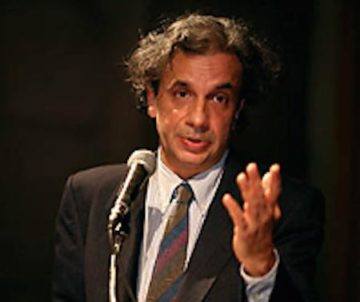 February 14, 1989, and September 11, 2001, have stood like bookends in my occasional writing on contemporary politics as it relates to Muslims. A rite of passage, a personal education. But the personal here reflects something wider in American, more generally Western, public life.
February 14, 1989, and September 11, 2001, have stood like bookends in my occasional writing on contemporary politics as it relates to Muslims. A rite of passage, a personal education. But the personal here reflects something wider in American, more generally Western, public life.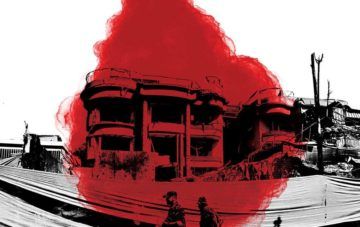 The Taliban observed the 20th anniversary of 9/11 in startling fashion. Within a week of the United States’ announcement that it would withdraw its forces from Afghanistan on September 11, the Taliban had taken over large parts of the country, and on August 15, the capital city of Kabul fell. The speed was astonishing, the strategic acumen remarkable: a 20-year occupation rolled up in a week, as the puppet armies disintegrated. The puppet president hopped a helicopter to Uzbekistan, then a jet to the United Arab Emirates. It was a huge blow to the American empire and its underling states. No amount of spin can cover up this debacle.
The Taliban observed the 20th anniversary of 9/11 in startling fashion. Within a week of the United States’ announcement that it would withdraw its forces from Afghanistan on September 11, the Taliban had taken over large parts of the country, and on August 15, the capital city of Kabul fell. The speed was astonishing, the strategic acumen remarkable: a 20-year occupation rolled up in a week, as the puppet armies disintegrated. The puppet president hopped a helicopter to Uzbekistan, then a jet to the United Arab Emirates. It was a huge blow to the American empire and its underling states. No amount of spin can cover up this debacle.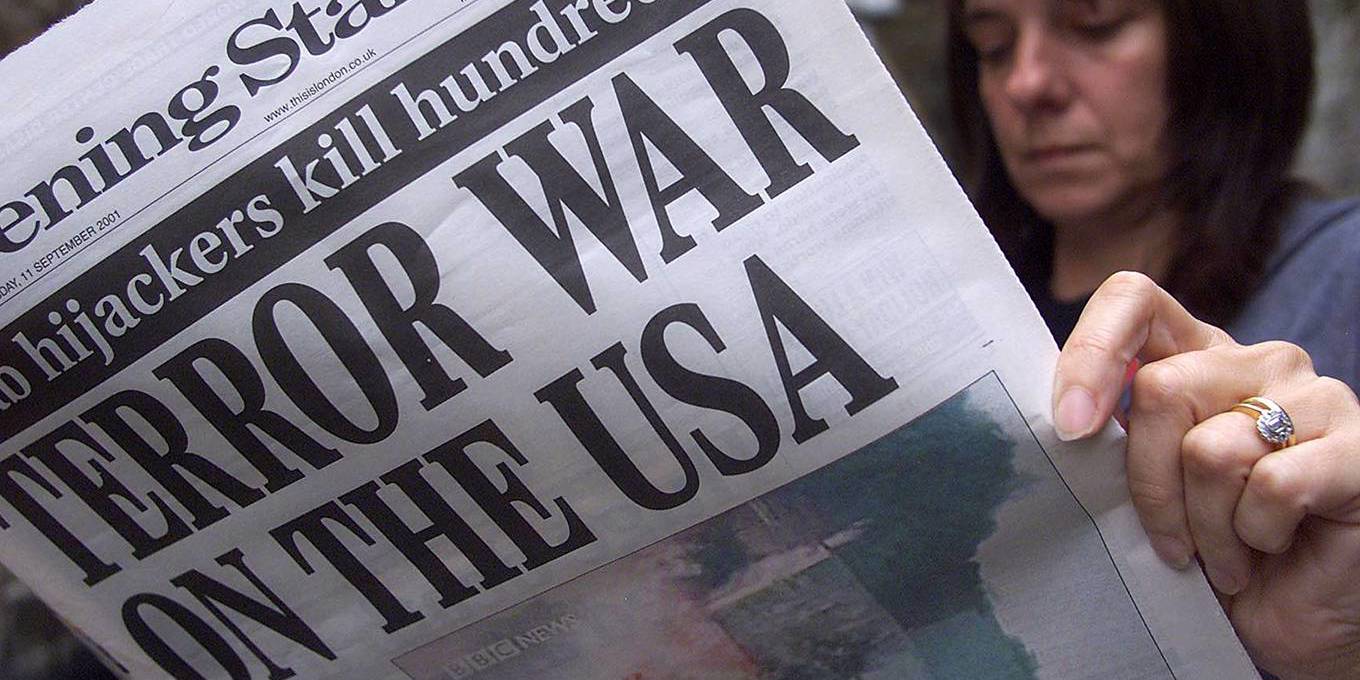 What 9/11 illustrates is that terrorism is about psychology, not damage. Terrorism is like theatre. With their powerful military, Americans believe that “shock and awe” comes from massive bombardment. For terrorists, shock and awe comes from the drama more than the number of deaths caused by their attacks. Poisons might kill more people, but explosions get the visuals. The constant replay of the falling Twin Towers on the world’s television sets was Osama bin Laden’s coup.
What 9/11 illustrates is that terrorism is about psychology, not damage. Terrorism is like theatre. With their powerful military, Americans believe that “shock and awe” comes from massive bombardment. For terrorists, shock and awe comes from the drama more than the number of deaths caused by their attacks. Poisons might kill more people, but explosions get the visuals. The constant replay of the falling Twin Towers on the world’s television sets was Osama bin Laden’s coup. How much attention should each of us be paying to our individual carbon footprint? That question is the subject of a contentious debate that’s been raging in climate circles for quite some time.
How much attention should each of us be paying to our individual carbon footprint? That question is the subject of a contentious debate that’s been raging in climate circles for quite some time. When workers do not come into a city, a city can wither; and an examination of
When workers do not come into a city, a city can wither; and an examination of 
 S
S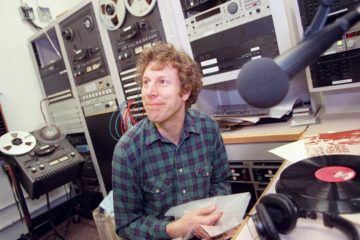 Neil Genzlinger in The New York Times (photo by Sara Krulwich/The New York Times):
Neil Genzlinger in The New York Times (photo by Sara Krulwich/The New York Times):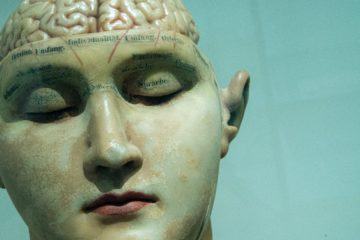 Joe Gough in Aeon (Photo by
Joe Gough in Aeon (Photo by 
 In the winter of 1995, the Brazilian neuroscientist Sidarta Ribeiro moved to New York to pursue his Ph.D. at Rockefeller University. His arrival, he writes in his fascinating, discursive new book, “The Oracle of Night,” precipitated one of the strangest periods of his life.
In the winter of 1995, the Brazilian neuroscientist Sidarta Ribeiro moved to New York to pursue his Ph.D. at Rockefeller University. His arrival, he writes in his fascinating, discursive new book, “The Oracle of Night,” precipitated one of the strangest periods of his life. Nelson is an award-winning essayist and poet, whose previous works include a collection of aphorisms mainly about the colour blue, Bluets; two books about the murder of her aunt, Jane: A Murder and The Red Parts; a meditation on violence and art, The Art of Cruelty; and perhaps her best-known book, The Argonauts, about love, pregnancy and motherhood, among other things. People often say that Nelson’s work defies genre but this is the least interesting aspect of her writing – since around 1910 (with apologies to Woolf), defying genre has been a genre in itself. More interesting is the boundlessly inventive way Nelson deals with questions of authority and fragility, or how to say anything at all when reality has gone AWOL.
Nelson is an award-winning essayist and poet, whose previous works include a collection of aphorisms mainly about the colour blue, Bluets; two books about the murder of her aunt, Jane: A Murder and The Red Parts; a meditation on violence and art, The Art of Cruelty; and perhaps her best-known book, The Argonauts, about love, pregnancy and motherhood, among other things. People often say that Nelson’s work defies genre but this is the least interesting aspect of her writing – since around 1910 (with apologies to Woolf), defying genre has been a genre in itself. More interesting is the boundlessly inventive way Nelson deals with questions of authority and fragility, or how to say anything at all when reality has gone AWOL.